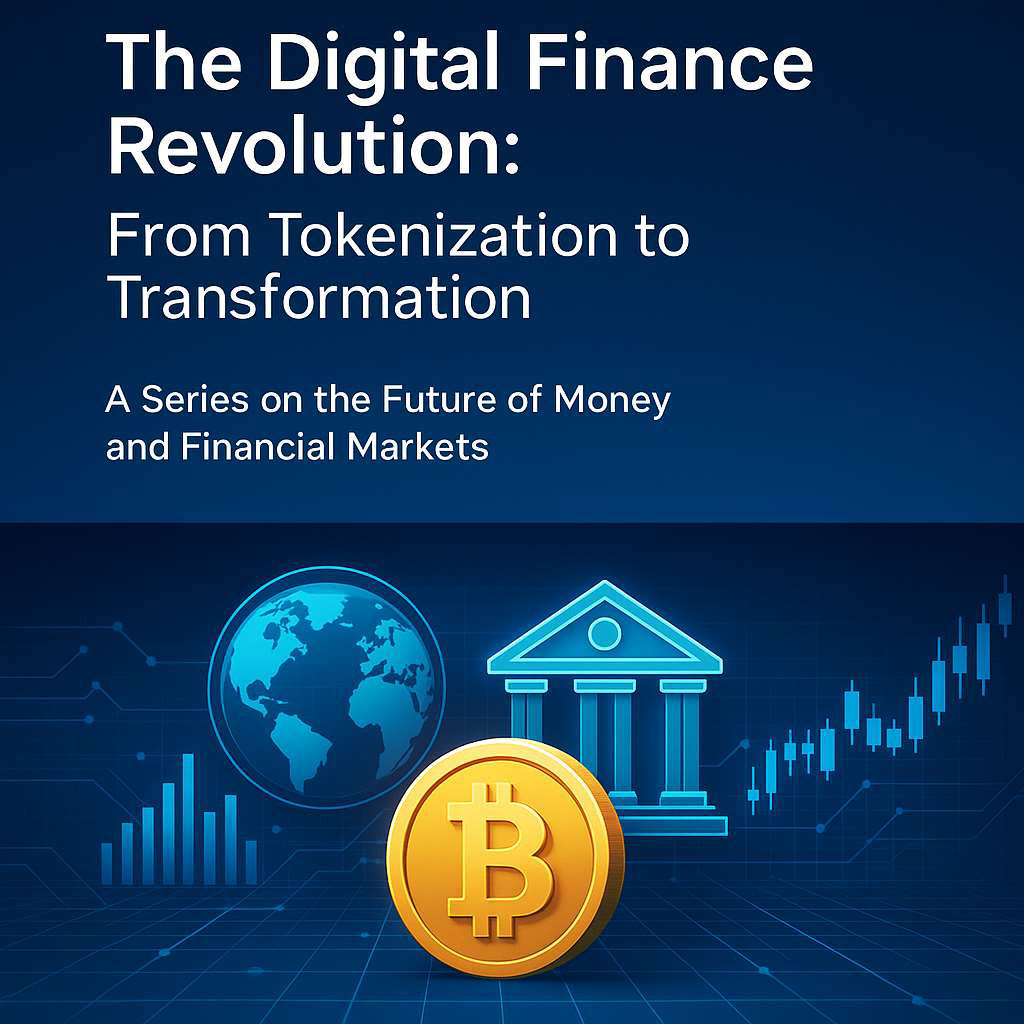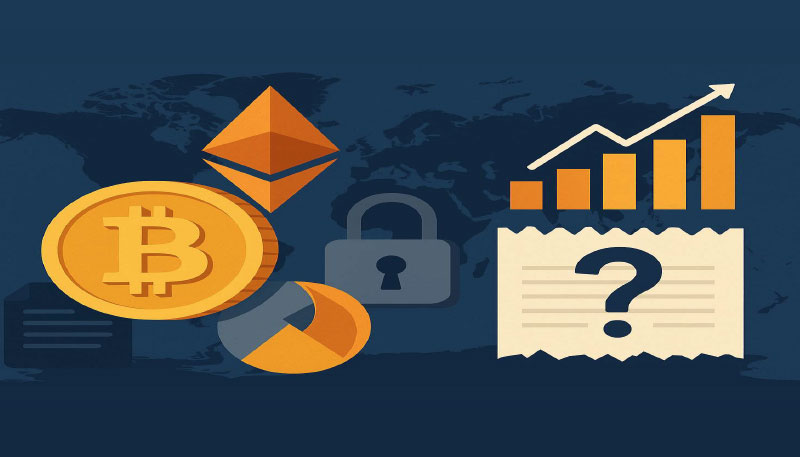
Dr Arndt Faatz MBA
Drawing on experiences and insights
2000-2025
© Dr Arndt Faatz www.videant.eu

Article 2: Accounting for the Unaccountable – Crypto’s Challenge to the Financial Order
The Triangulation Dilemma
How do we account for something designed to be unaccountable? This paradox sits at the heart of cryptocurrency’s challenge to traditional financial systems. National income accounting relies on triangulation – the principle that expenditure, output, and income must balance. But cryptocurrencies, with their pseudonymous transactions and borderless nature, deliberately obscure these relationships.
In my role of (also) overseeing compliance at three different financial institutions, including a €100 million-plus-subsidiary lending to Ukrainian entities, I grappled regularly with the challenge of maintaining (or actually, rather establishing first) transparency in opaque markets. However, the tools we developed for FATCA and OFAC compliance pale in comparison to the complexity of tracking crypto flows. When Binance’s revenues reached $16.8 billion in 2024, surpassing many nations‘ GDP, the question became urgent: is this economic activity or something else entirely?
Value Creation or Value Destruction?
Tim Congdon’s provocative argument – that cryptocurrencies actively destroy value by enabling money laundering – resonates with my experience implementing antimoney laundering policies across multiple jurisdictions. When managing regulatory relationships with BaFin and the Bundesbank, I observed how traditional banking’s elaborate compliance infrastructure serves a dual purpose: preventing illicit flows while creating auditable records for national accounting (and, importantly, showcasing Compliance activity which too often is becoming the chief motif, never mind purpose and efficacy). Window-dressing? Never heard of it…
Crypto mining inflates this accounting challenge – not with hot air but with inflammable gas. For instance, does the electricity consumed by Crypto mining constitute capital formation, as some economists seriously propose? I am not a novice to alternative assets – I have structured weather risk derivatives and catastrophe bonds. I think that I understand how alternative assets can serve legitimate investment purposes. But crypto’s energy consumption produces no tangible output beyond maintaining the network itself – a circular logic that confounds traditional economic measurement. I have worked for a failed bank – and I can tell you that right up until the moment when ‘[our assets] hit the fan’, auditors had no clue about the real risks and how they would compound each other. Proper and clairvoyant accounting should complement prudent and knowledgeable finance – both at institutional and regulatory levels.
Regulatory Shadows
Kenneth Rogoff estimates the global informal economy at $20 trillion – nearly a fifth of world GDP. Cryptocurrencies have become the digital manifestation of this shadow economy. While conducting compliance audits and implementing MiFID II requirements, I learned that effective regulation requires not just rules but the ability to observe and measure. Crypto’s opacity makes both nearly impossible.
The Venezuelan example is instructive. Maduro’s regime uses crypto to circumvent sanctions while citizens use it to escape hyperinflation. This duality – liberation and lawlessness – defines crypto’s relationship with traditional finance. Having managed assets through multiple financial crises, I recognize that systems designed to evade oversight inevitably attract both the desperate and the criminal. The challenge for policymakers is distinguishing between the two while maintaining financial stability.
